15 Zone 6 Fruit Trees
Embark on a fruitful journey as I explore the thriving world of fruit tree cultivation in USDA Hardiness Zone 6 Fruit Trees. This climate, spanning across swathes of the Midwest and Northeast U.S., offers ample opportunities for orchard enthusiasts to grow a bountiful variety of fruits. From apples and plums to unique pawpaws, Zone 6 rewards dedication with an abundance of homegrown produce.
I have discovered 15 recommended fruits suited for Zone 6. Gain insights into pollination needs, chilling requirements, ideal planting sites, and growth habits for each species highlighted. Whether you’re expanding an existing orchard or making your first foray into fruit cultivation, the knowledge here empowers your green thumb to reap sweet returns.
USDA Hardiness Zone 6

Stretching across portions of 24 U.S. states, Zone 6 brings cold, snowy winters followed by warm, humid summers. Average annual extreme minimum temperatures range between -10°F and 0°F.
While lengthening daylight reawakens trees by early March, cold snaps remain a threat through late April. The last spring frost date falls around May 5th for most Zone 6 regions.
This climate shapes fruit tree suitability, favoring cold-hardy, late-blooming varieties that avoid devastation from unpredictable frosts. Site selection and planting location also influence outcomes, with sheltered sunny spots and well-draining soil amplifying success.
Fruit Trees Flourishing in Zone 6
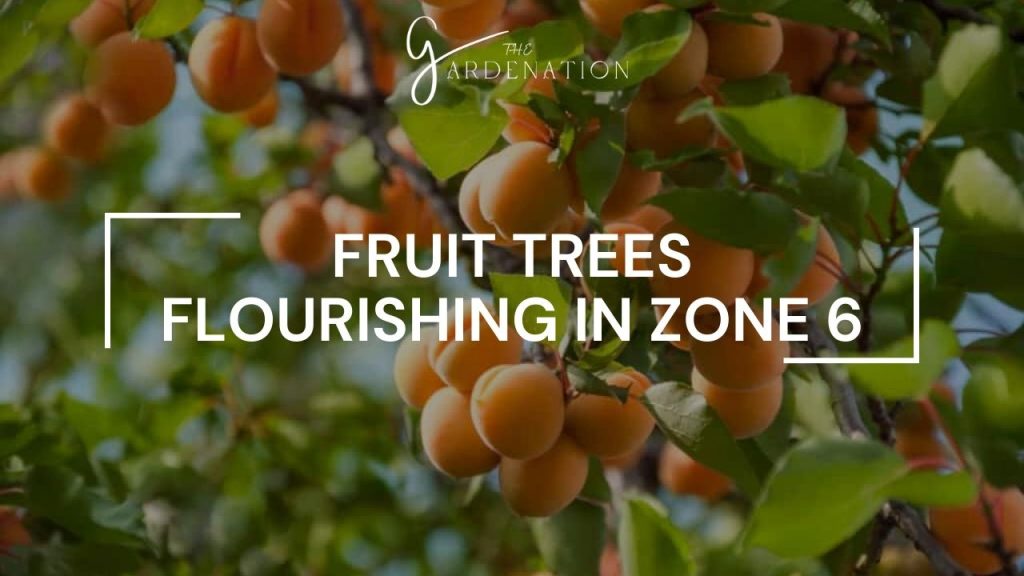
1. Apples (Malus domestica)
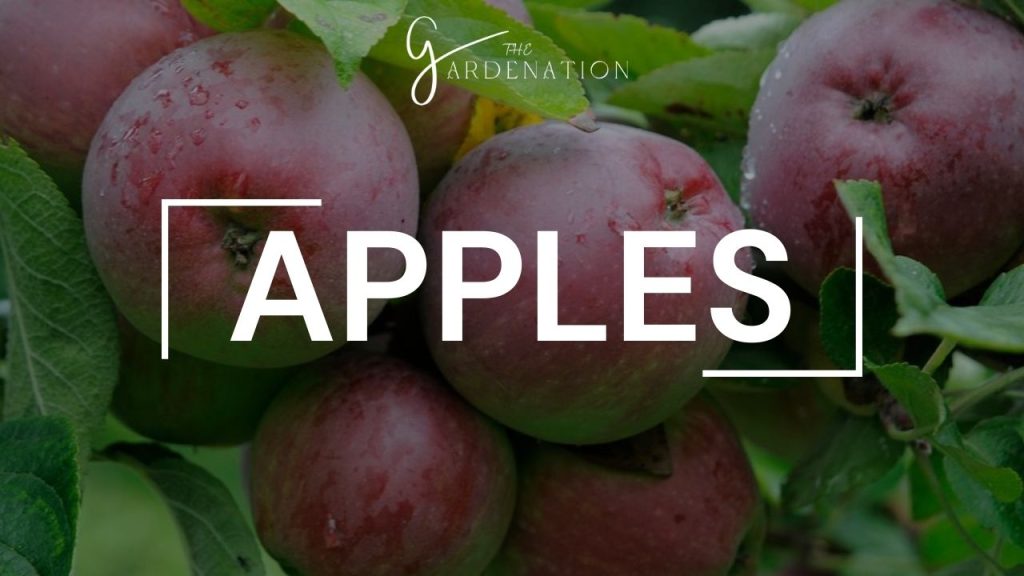
No orchard is complete without apples, those crisp, refreshing fruits with countless culinary uses. Luckily, Zone 6 offers ideal conditions for growing cold-hardy varieties like Liberty, Jonafree, Golden Supreme, Redfree and Honeycrisp. Dwarfing rootstock controls size for compact gardens.
Apple trees flourish in fertile, well-drained soil with pH between 6.0-6.5. I situate trees to receive full sun for optimal flowering and fruit quality. Mix varieties for ample cross-pollination opportunity. Thin crowded branches and fruits to prevent overbearing while maintaining productivity.
The apple growth cycle spans spring bloom through summer expansion, fall harvests and winter dormancy. Mastering pruning, pest control and seasonal care instills longevity for years of bounty.
2. European Plums (Prunus domestica)
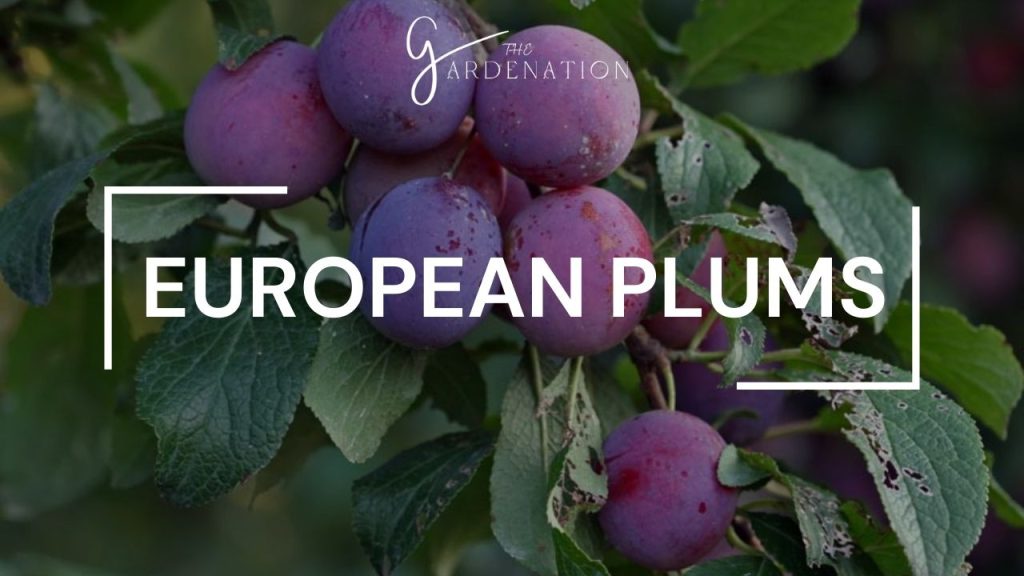
Boasting sweet, perfumed flesh, European plums constitute another Zone 6 favorite. Varieties like Italian and French prunes suit cooler climates, as do Bluefre, Cambridge Gage, Imperial Epineuse and Valor.
Most European plum trees remain compact, adapting well to garden plots or containers. They enjoy loose, loamy soil enhanced with compost. Full sun exposure allows ample flowering and fruit production. Cross-pollination between varieties often improves yields.
Hardy and fairly pest-resistant, European plums bring abundant harvests if sheltered from late spring frosts. I enjoy their candied sweetness fresh, cooked, dried or canned.
3. Japanese Plums (Prunus salicina)
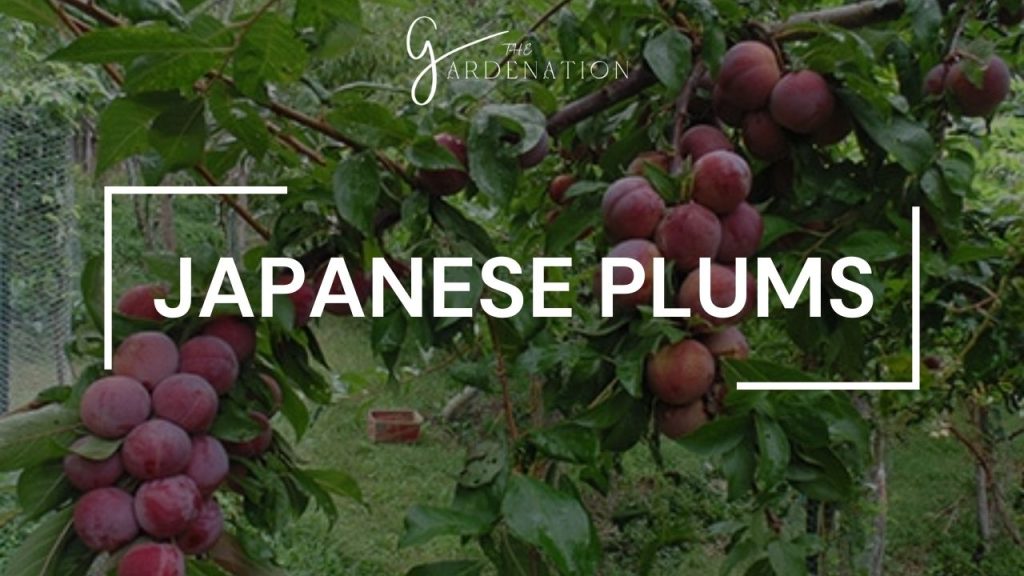
Though less winter hardy than European counterparts, certain Japanese plum varieties endure Zone 6 cold snaps. Redheart, Shiro and Vanier boast record lows around -20°F when fully dormant.
Unlike European types, Japanese plums bloom early, risking frost damage without sheltered locations. They also lack self-pollinating abilities, demanding multiple varieties for cross-pollination success. When conditions satisfy needs, trees produce abundantly, bearing crisp, juicy plums in hues from purple to golden yellow.
4. Sweet Cherries (Prunus avium)
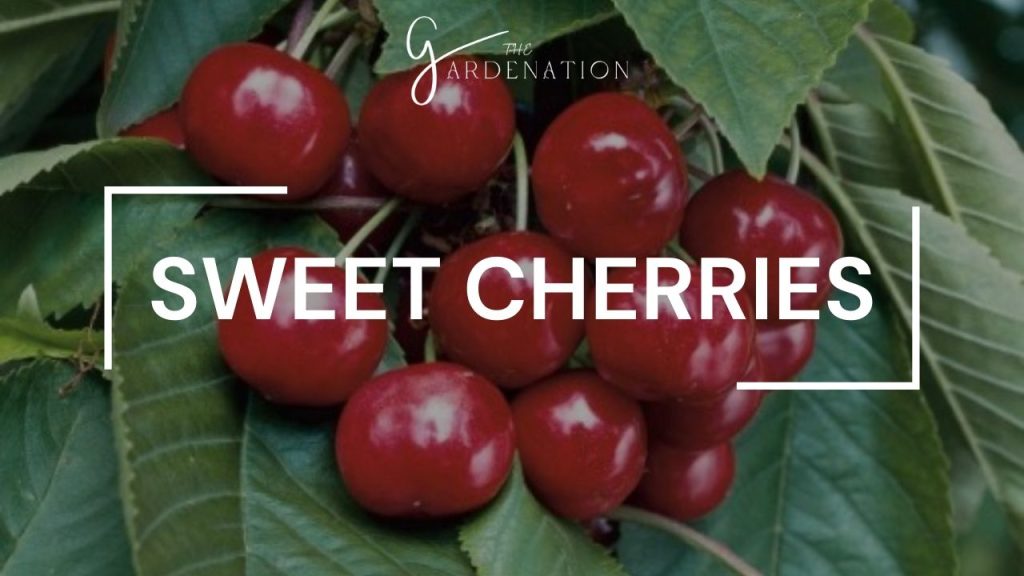
Sweet cherries worthy of their name brighten up Zone 6 summers. Self-sterile yet hardy varieties like Ulster, Hedelfingen and Black Tartarian fruit dependably when cross-pollinated by other chill-resistant types like Stella.
Fast-draining, loamy soil with pH 6.0-7.0 suits them best. Sheltered southern exposures aid flowering while northern sites protect blossoms from early heat waves. I train trees to modify central leader forms to maximize sunlight interception.
If spring frosts threaten blooms, cloaking entire trees overnight minimizes damage. I enjoy the fruits fresh within weeks of harvest to preserve texture and flavor.
5. Sour Cherries (Prunus cerasus)
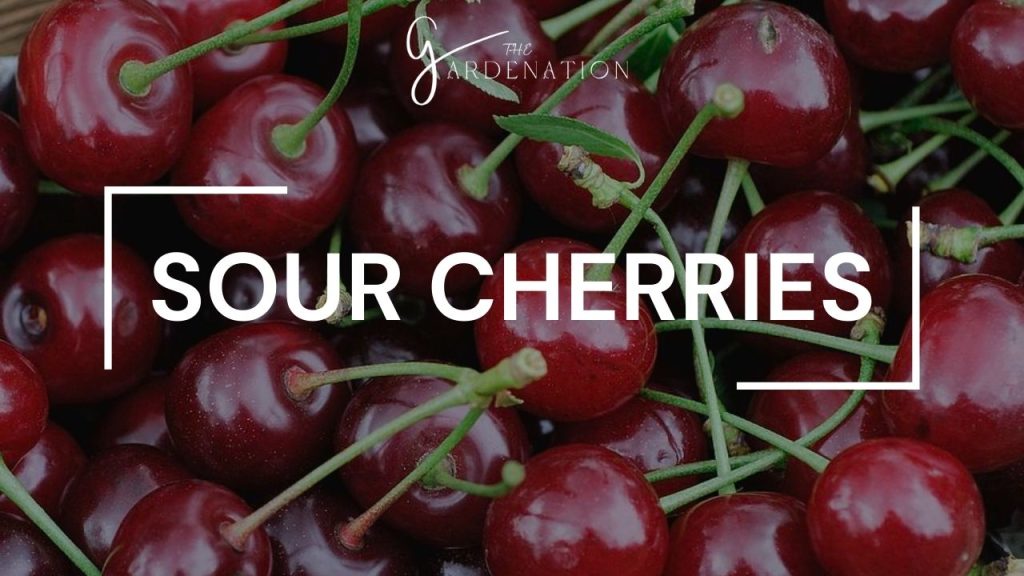
Sour cherries delight with their lip-puckering zing invigorating pies, jams, compotes and confections. Luckily, self-fertile cultivars like Montmorency, Northstar, Surefire and Meteor thrive in Zone 6 without pollination partners.
These durable trees prosper in clay, sandy or loamy soils with sharp drainage and sunshine exposure. Containing size through pruning helps boost yields.
I drape plants at the threat of spring frost similar to sweet cherries. Then revel in summer’s tangy bounty, freezing excess fruits for year-round enjoyment.
For more information about houseplants you can visit: Brown Spots On Snake Plant
Stone Fruits
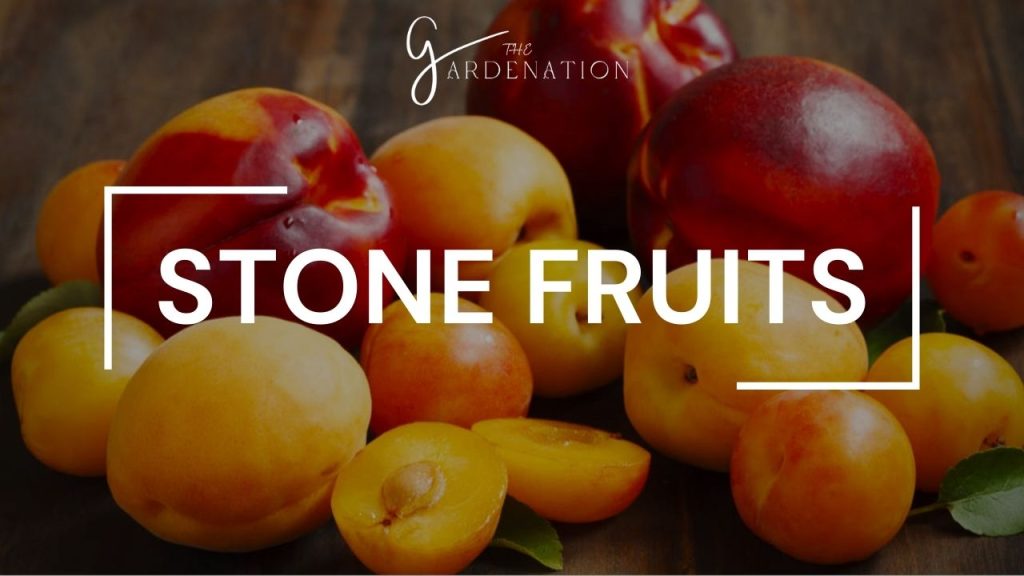
Beyond sweet and sour cherries, Zone 6 supports a spectrum of stone fruits, spanning pears, peaches and apricots. Matching site characteristics and chill hour requirements with variety choices unlocks success.
6. European Pears (Pyrus communis)
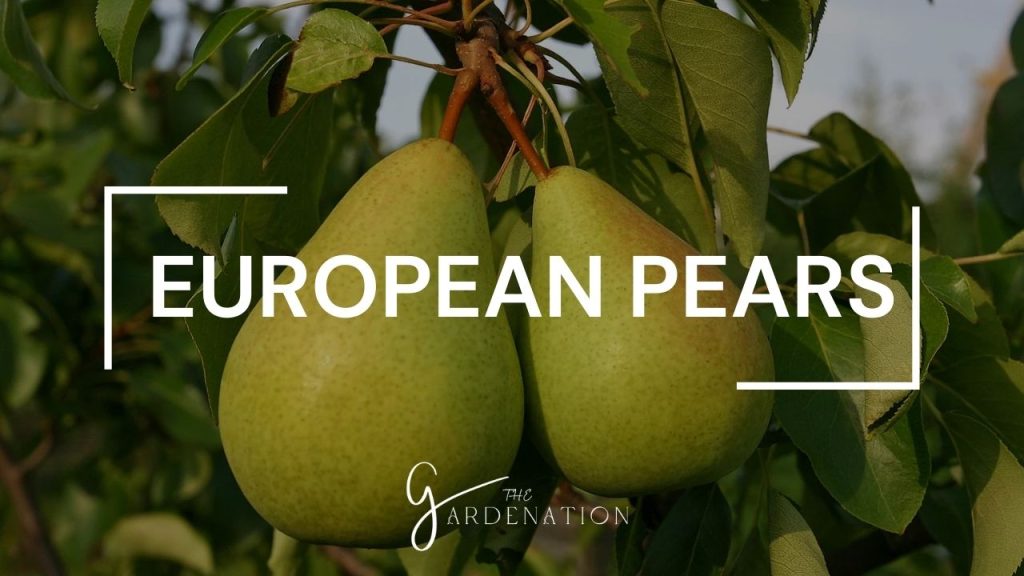
European pears impress with their sweet, aromatic flesh and sprightly flavor. Trees like Comice, Concorde, Taylor’s Gold and Bosc demonstrate resilience against pests and fire blight disease when grown in Zone 6. Though largely self-fertile, plantings intermingled with other varieties improve pollination and yields.
Pears thrive in moist, well-drained loam. I select sheltered sites with full sun to satisfy chill hour needs and protect blossoms from late frosts. I harvest pears before maturity when green and firm, then ripen off the tree for best texture and flavor.
7. Asian Pears (Pyrus pyrifolia)
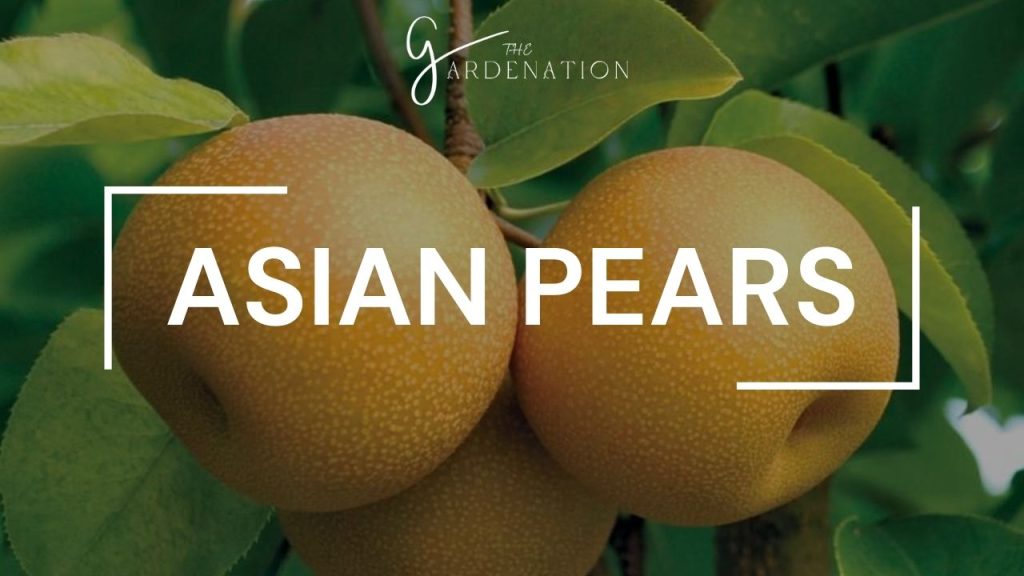
For a twist, try Asian pears with their crisp, refreshing crunch so distinct from European kinsmen. Shinko and Chojuro both produce rounded russet fruits bursting with sweet, spicy juices. Unlike European types, most Asian pears lack grit cells, yielding smooth, juicy flesh. Early bloom timing demands sheltered areas avoiding late spring cold snaps.
Well-drained, loamy acidic soil keeps Asian pear trees happy. Though partly self-fruitful, plant different varieties within 50 feet for improved pollination and fruit set. I revel in their unique ripening process – mature fruits taste optimally when still firm on the branches.
8. Apricots (Prunus armeniaca)
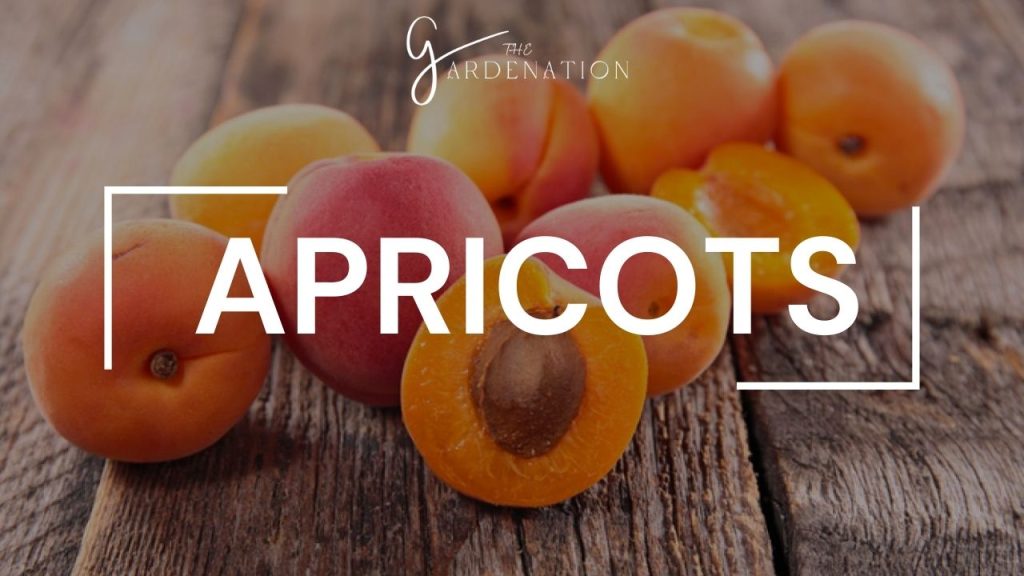
Apricots present another option for Zone 6 fruit growers craving stone fruits beyond cherries. Moorpark, Goldrich, and Early Golden tolerate winter chills while avoiding spring frost perils with later bloom times.
I provide apricots with well-drained, sandy loam soil to prevent root rot. Full sun exposure ensures prolific flowering and high-quality fruits.
I enjoy apricots fresh for their floral sweetness or cooked into sauces, tarts and confections. Though small and less sugary than peaches, their lower maintenance earns merit in Zone 6.
9. Peaches (Prunus persica)
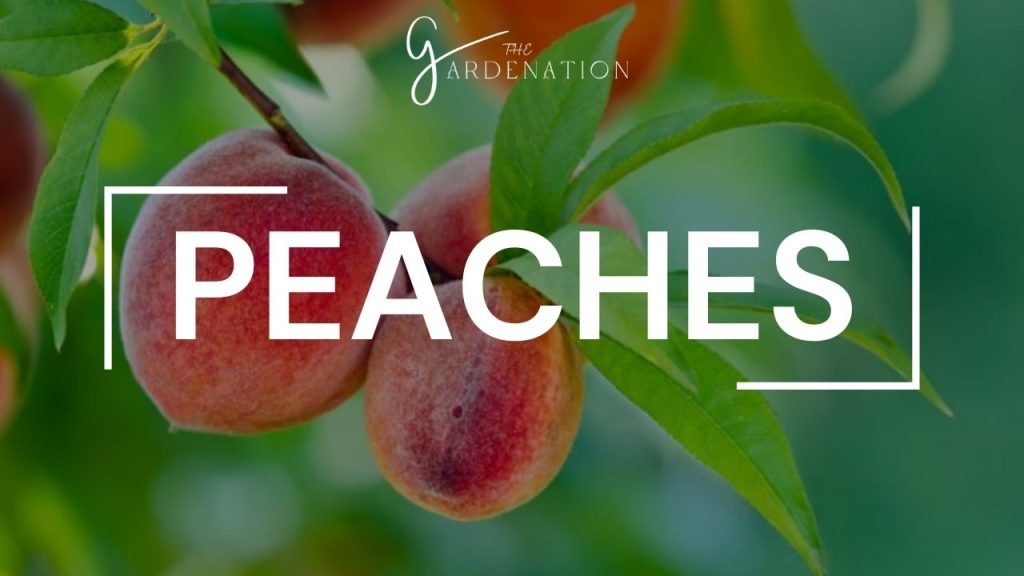
Lastly, peach possibilities also exist for protected Zone 6 sites. Varieties extending chill hour limits now withstand winter cold snaps while producing heavenly fruits. Redhaven, Madison and Ruby Prince suit backyard plots, especially when grafted onto dwarfing rootstocks.
Peaches demand full sun and fast-draining, sandy soil with pH between 6.0-7.0. Sheltered locations prevent flower damage, while pruning contains size and boosts productivity in mature trees. I enjoy fresh harvests in summer before preserving peach slices via freezing, canning or drying.
Nut Trees
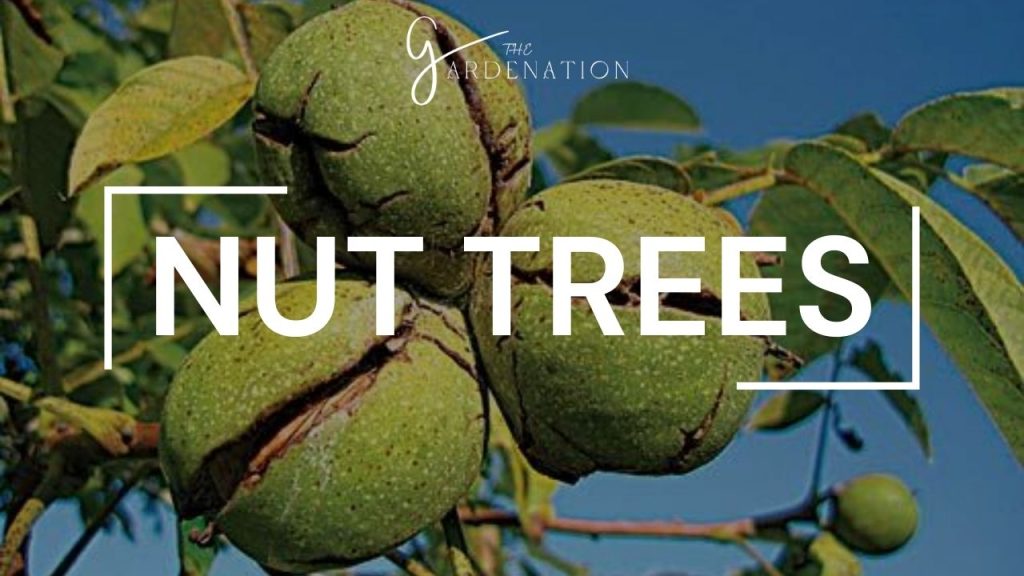
Beyond ubiquitous fruits, Zone 6 climates nurture unique and diverse produce options from nut trees, including almonds, pecans, and native American pawpaws. Even exotic Chinese jujubes can thrive in this adaptable region.hj
10. Almonds (Prunus dulcis)
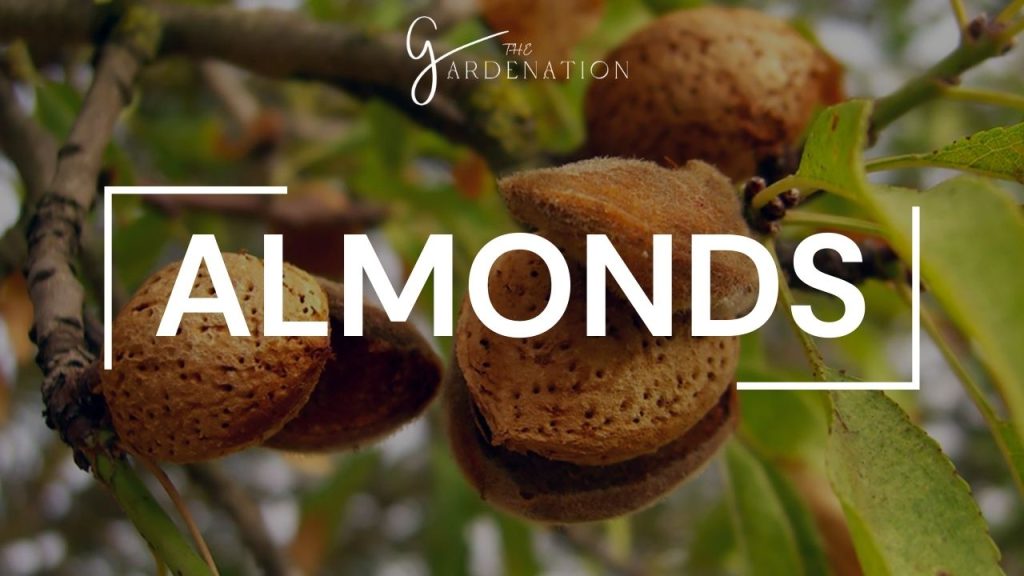
Though commercially grown in California, almonds also flourish in Zone 6 when choosing site and variety carefully. Tuono and Halls Hardy tolerate temperatures down to -20°F when dormant. Plant grafted seedlings instead of seeds for faster yields.
Almonds demand full sun exposure and fast-draining soil to thrive. I avoid wet feet and soggy roots by planting on slopes or raised beds. Sheltered sites protect early blossoms from damaging frost. I enjoy raw nuts or roasted almond flavors in homemade confections.
11. Pecans (Carya illinoinensis)
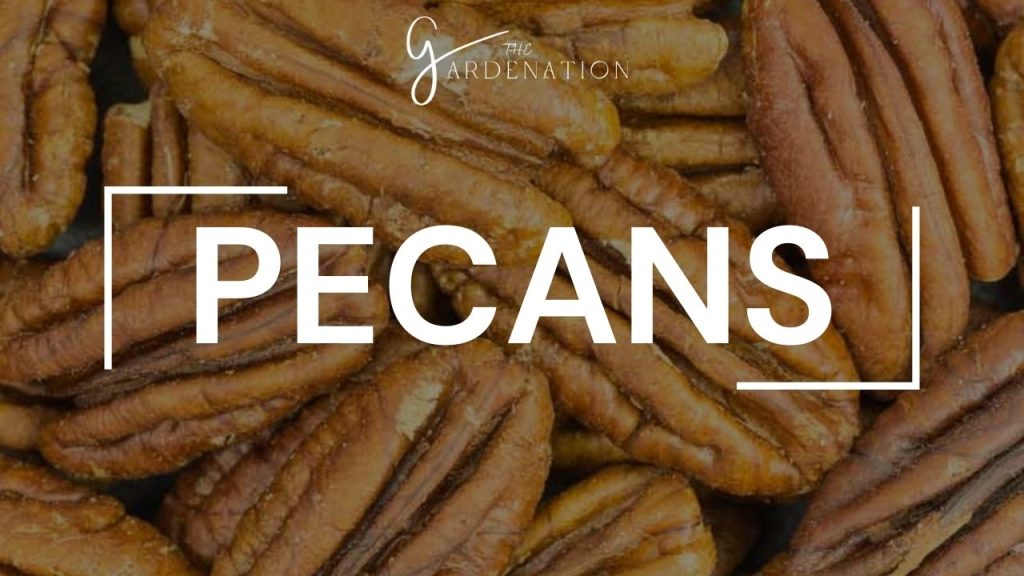
Iconic pecan trees lend shade and bounty to Zone 6 landscapes when provided suitable conditions. Look for northern cultivars like Major, Kanza and Posey grafted onto cold-hardy rootstocks.
Such mammoth trees thrive with loamy, moist soil and sufficient drainage. I space trees widely for ample sun penetration. I ensure cross-pollination between two varieties for nut development. I adapt harvest and storage methods to my climate for optimal quality.
12. Pawpaws (Asimina triloba)
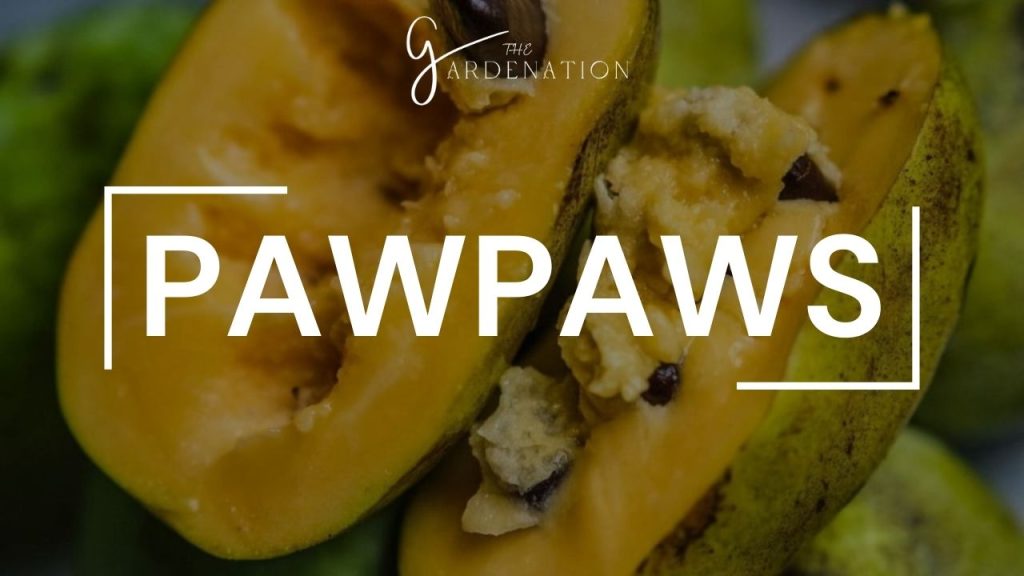
For unique appeal, I plant pawpaw trees – producing the largest edible native North American fruit. Pawpaws boast a tropical yet custard-like flavor, utilized for everything from ice creams to breads once understood.
Pawpaws thrive in part shade with sheltered protection, well-suited to native gardens. The suckering habit makes it easy to generate new plants from root sprouts. I plant two genetically distinct seedlings for a fruit set which ripens in early fall.
13. Jujubes (Ziziphus jujuba)
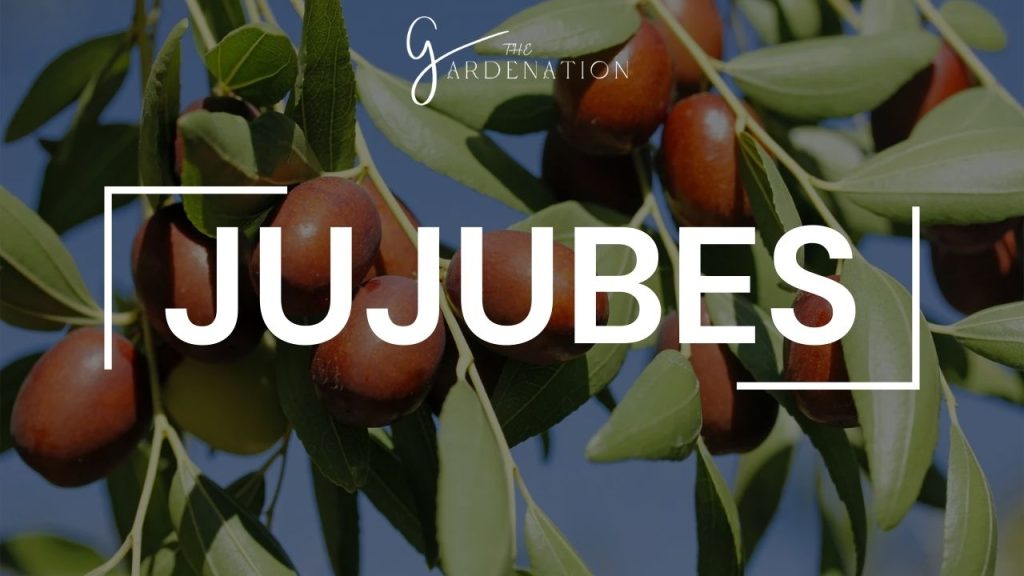
Finally, exotic jujubes represent an intriguing Zone 6 option, yielding sweet, apple-like fruits favored in Chinese cuisine. Surviving temperatures below -10°F, varieties like Lang, Sherwood, Li and Honey Jar relativize fall harvests.
Jujubes tolerate most soils but require full sun for ample flowering and fruit production. Trees demonstrate ornamental beauty with shiny emerald leaves transitioning to golden fall hues. I harvest fruits when mahogany-colored in late summer to savor fresh or dried.
Edible Ornamentals
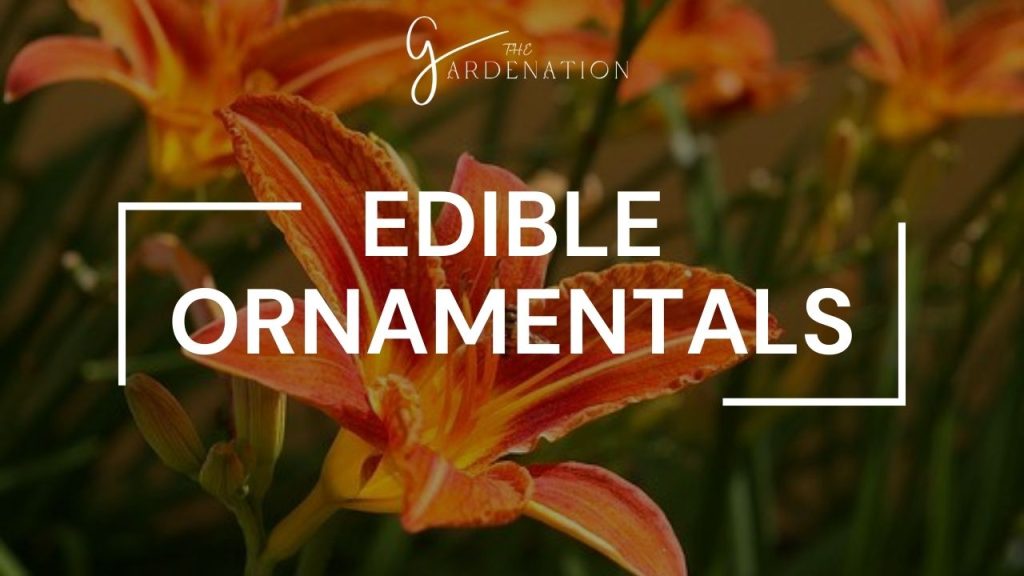
Beyond conventional fruits, crabapples impart aesthetic elegance and culinary usefulness to Zone 6 landscapes. These ornamental evergreens produce bite-sized tart apples, adding color and texture to jellies, wines and sauces once understood. Varieties like Chestnut, Dolgo and Centennial ripen persistent fruits excellent for cooking.
I locate them in areas with full sunlight and well-drained, loamy soil for best growth. I prune them to open up dense branching and improve air circulation between disease prevention and fruit production. Then I relish ruby-red mounded jellies or crisp wintery cider using your colorful crop.
Frequently Asked Questions
What is the best fruit tree to plant in Zone 6?
The “best” fruit tree depends on your site conditions and desired harvest. Classic apples offer reliability and versatility. European plums and sour cherries also thrive with minimal fuss. Rotate through different trees each year to find your favorites.
How do I choose a fruit tree for my Zone 6 orchard?
Consider pollination needs, chill hours, site characteristics, harvest time, and intended use when selecting trees. Cross-reference these factors with variety specifics to identify ideal candidates for your landscape vision.
What fruit trees work well in pots in Zone 6?
Dwarf and semi-dwarf varieties of apples, plums, peaches and cherries often thrive in large containers. Ensure soil drainage while providing winter protection. Rotate pots to maximize sunlight exposure.
How can I protect my Zone 6 fruit tree blooms from frost?
Choose naturally late-blooming varieties to avoid most frost risks. For vulnerable trees, temporarily cloak with garden fabric overnight when cold snaps threaten. Avoid pruning too early so plants enter dormancy before warm spells trigger premature blooming.
Why won’t my fruit tree bear fruit?
Issues like moisture stress, inadequate sunlight, pest damage, or pollination problems cause fruitlessness. Ensure conditions suit all the tree’s needs. Supplement cross-pollination if absent. Then give biennial bearers time to rebound after heavy harvest years.
Conclusion
The diverse assortment of fruit trees adaptable to Zone 6 climates offer abundant opportunities for edible landscaping ambitions. From hardy apples to exotic jujubes, scope exists to craft productive and beautiful orchards with insight on optimal variety selection and care practices.
Whether seeking classic fruits or unusual conversation pieces, Zone 6 gardens promise bounty to the dedicated cultivator.
Many aspiring gardeners wonder if popular fruits like citrus can prosper in Zone 6’s cool climes. While lemons require strategic assistance, opportunities exist for resourceful green thumbs.
Select cold-hardy lemon varieties like Meyer, Lisbon or Eureka which survive lows to 15-20°F when mature. Plant in large, portable containers allowing winter garage storage. Acclimate trees slowly in spring to prevent shock from sudden weather shifts. With careful handling, container-grown lemons can persist for years of Vitamin C-rich rewards even in Zone 6.

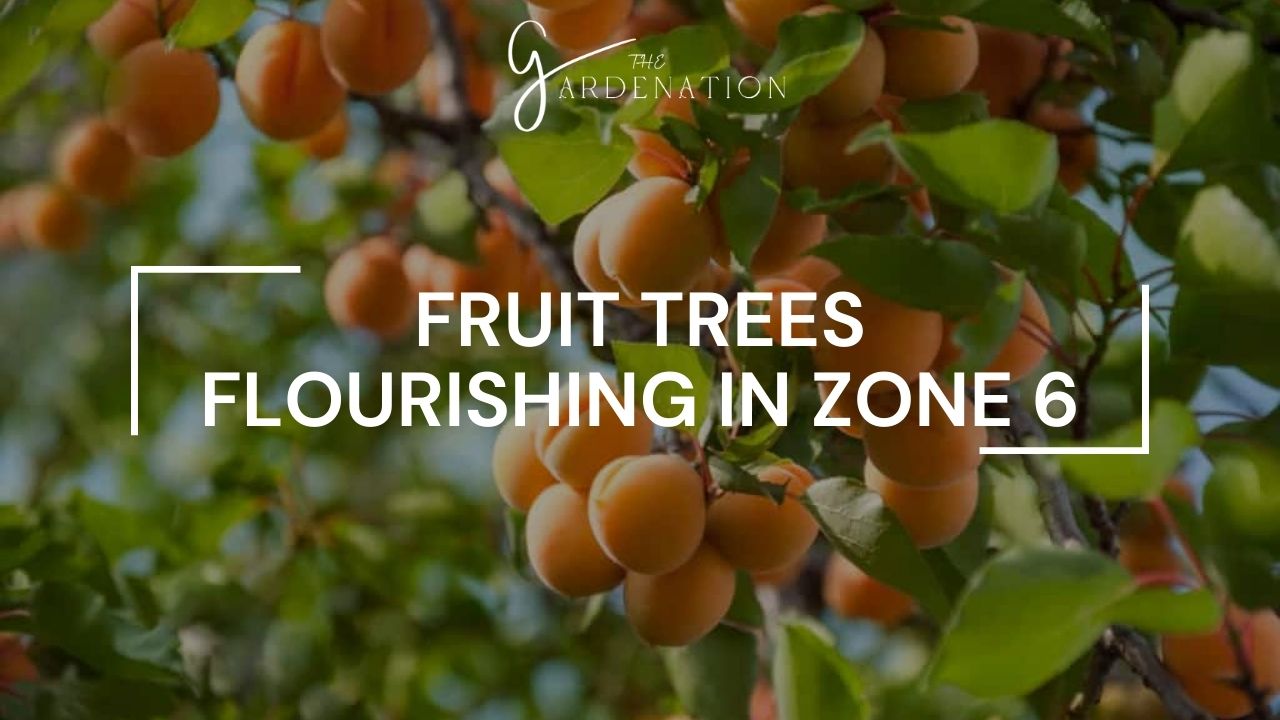
3 Comments